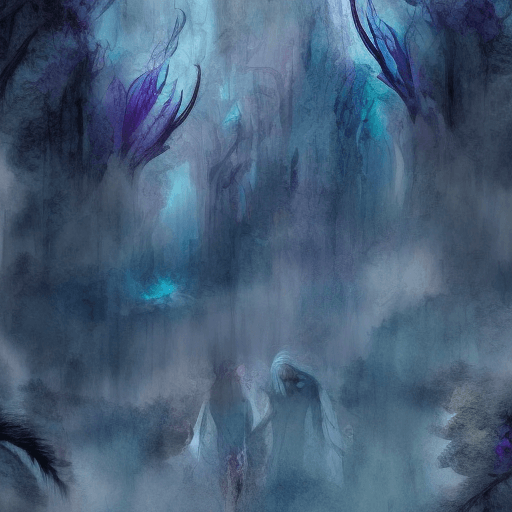One-line Summary:
White Oleander is a captivating coming-of-age novel that explores the tumultuous journey of a young girl navigating the foster care system after her mother is imprisoned.
The Journey of Astrid Magnussen
White Oleander follows the life of Astrid Magnussen, a young girl who is forced to navigate the foster care system after her mother, Ingrid, is imprisoned for murder. Astrid is a talented artist who possesses a resilient spirit, but she must learn to adapt to a series of foster homes, each with its own unique challenges and dynamics.
As Astrid moves from one foster home to another, she encounters a variety of characters who shape her understanding of the world. From the glamorous but unstable actress, Starr, to the strict and religiously devout foster mother, Claire, Astrid’s journey is marked by both moments of connection and heartbreak. Through these experiences, Astrid begins to discover her own identity and voice, ultimately finding strength in her own resilience.
The Complex Mother-Daughter Relationship
At the heart of White Oleander is the complex and often tumultuous relationship between Astrid and her mother, Ingrid. Ingrid is a charismatic and enigmatic woman who possesses a fierce independence and an unwavering belief in her own artistic talent. Despite her incarceration, Ingrid’s influence on Astrid remains strong throughout the novel.
As Astrid navigates the foster care system, she grapples with her conflicting emotions towards her mother. She both longs for Ingrid’s love and approval while also recognizing the toxic and destructive nature of their relationship. Ingrid’s absence forces Astrid to confront her own identity and forge her own path, ultimately leading to a deeper understanding of herself and the complexities of love and forgiveness.
The Power of Resilience and Self-Discovery
Throughout her journey, Astrid faces numerous challenges and hardships, but she also discovers her own resilience and inner strength. As she moves from one foster home to another, Astrid learns to adapt and survive in a world that often feels unstable and uncertain.
Through her passion for art, Astrid finds solace and a means of expression. Her artwork becomes a powerful tool for self-discovery and healing, allowing her to process her emotions and make sense of her experiences. Astrid’s journey serves as a testament to the power of resilience and the importance of finding one’s own voice and identity.
- Key Takeaways:
- Astrid’s journey through the foster care system highlights the resilience of the human spirit in the face of adversity.
- The complex mother-daughter relationship explored in the novel delves into the themes of love, forgiveness, and the search for identity.
- The power of art as a means of self-expression and healing is a recurring motif throughout the story.
“Loneliness is the human condition. Cultivate it. The way it tunnels into you allows your soul room to grow. Never expect to outgrow loneliness. Never hope to find people who will understand you, someone to fill that space. An intelligent, sensitive person is the exception, the very great exception. If you expect to find people who will understand you, you will grow murderous with disappointment. The best you’ll ever do is to understand yourself, know what it is that you want, and not let the cattle stand in your way.”
White Oleander is a poignant and thought-provoking novel that explores themes of resilience, self-discovery, and the complexities of love and forgiveness. Astrid’s journey through the foster care system serves as a powerful reminder of the strength of the human spirit and the importance of finding one’s own voice and identity.












